Dual capacitors play a crucial role in various electronic devices and systems, serving as fundamental components for energy storage and signal filtering. Understanding their functionality and applications is essential for engineers, hobbyists, and enthusiasts alike.
In this article, we delve into the basics of dual capacitors, exploring how they work and where they find utility.
What Is A Capacitor?
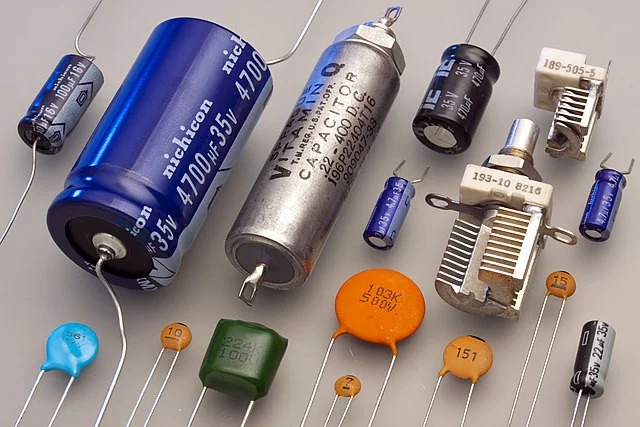
A capacitor functions by storing electrical energy as an electric charge between two conductive plates, which are separated by a dielectric material. Upon the application of voltage, one plate gathers a positive charge while the other gathers a negative charge, thus generating an electric field that stores energy.
Capacitors play a crucial role in electronic circuits, serving purposes such as energy storage, filtering, timing, and signal coupling.
What Is Dual Capacitor Construction?
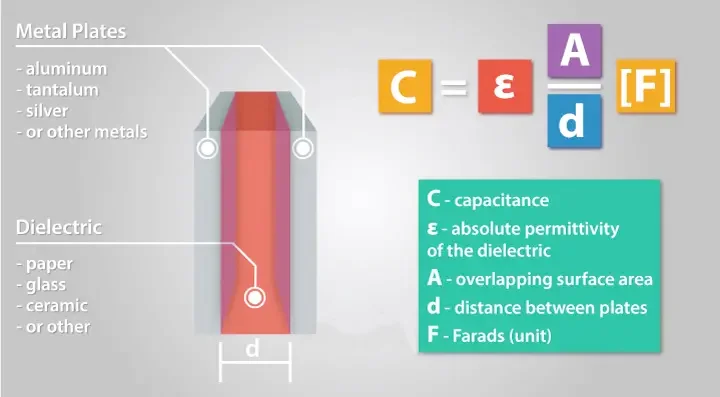
The construction of a dual capacitor involves the integration of two separate capacitor elements within a single housing. Here’s a breakdown of its construction:
Capacitor Elements: The dual capacitor contains two individual capacitor elements, each comprising two conductive plates separated by a dielectric material. Engineers design these capacitor elements to offer different capacitance values or fulfill distinct functions within the same component.
Housing: The capacitor elements reside within a single casing or enclosure crafted from non-conductive materials like plastic or ceramic. This housing protects the internal components from environmental factors and provides mechanical support.
Terminals: Each capacitor element has its own set of terminals for electrical connections. These terminals typically protrude from the housing and allow for easy integration into electronic circuits.
Dielectric Material: The dielectric material between the conductive plates of each capacitor element serves to insulate and separate the plates while allowing for the accumulation of electric charge. Common dielectric materials include ceramic, polyester film, and electrolytic solutions.
Wiring: Within the housing, connections link the conductive plates of each capacitor element to their respective terminals. Engineers design the wiring to ensure the capacitor’s proper electrical connection and performance.
Markings: Dual capacitors commonly include markings or labels that denote the capacitance values of each capacitor element, along with other pertinent specifications like voltage ratings and temperature tolerances.
What Is Dual Capacitor Working Principle?
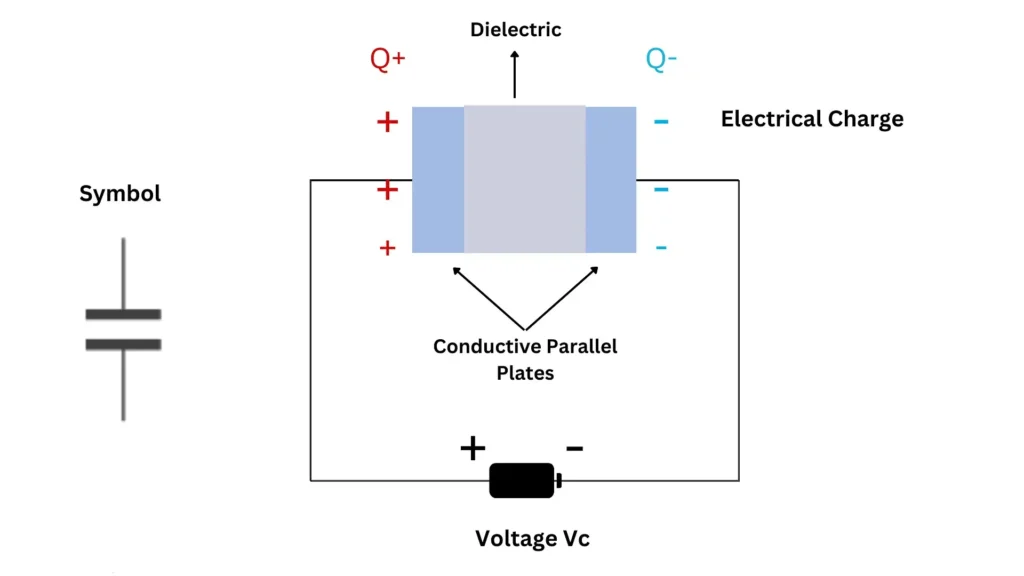
Dual capacitors operate by storing electrical energy as an electric charge between two sets of conductive plates separated by a dielectric material. When voltage is applied across the capacitor terminals, positive charge accumulates on one set of plates while negative charge accumulates on the other.
This process creates an electric field between the plates, storing energy in the capacitor. The capacitor maintains this electric field until the stored energy is required, at which point it can release the charge.
What Is Dual Capacitor Dielectric Working Principle?
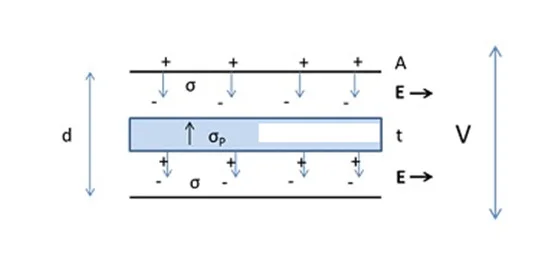
The dielectric in a dual capacitor plays a crucial role in its operation. It separates the conductive plates, enabling the accumulation of electric charge. When voltage is applied across the terminals, the dielectric prevents direct contact while allowing electric flux flow. As a result, an electric field forms between the plates, facilitating the storage of electrical energy as a charge.
What Is The Purpose Of A Dual Capacitor?
Motor Start Capacitors:
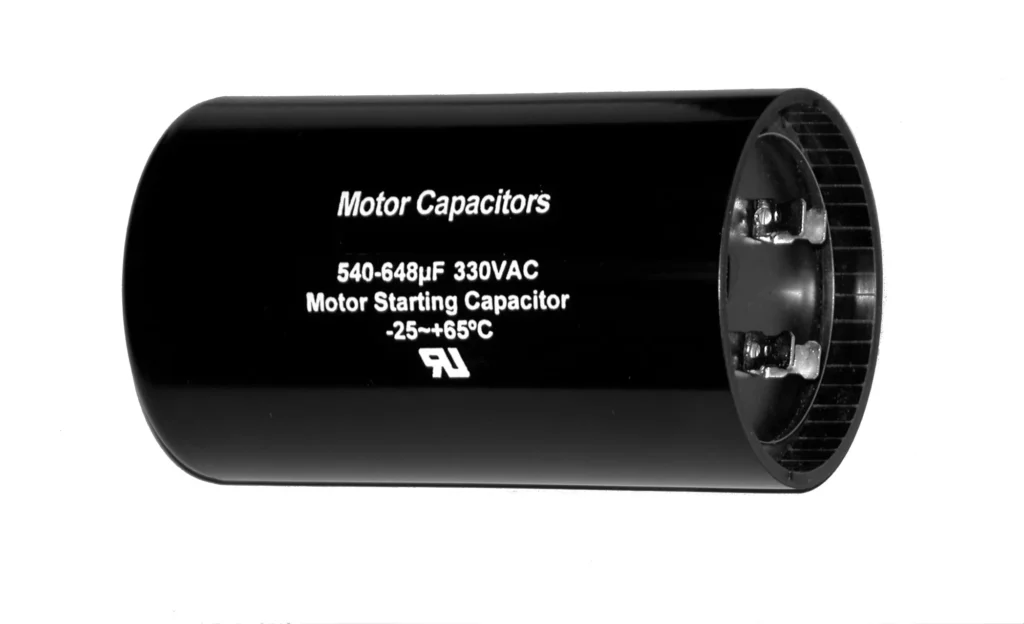
Dual capacitors are often used in electric motors for starting purposes. They provide the initial burst of energy needed to kickstart the motor by briefly connecting to the motor’s windings.
Air Conditioning Systems:
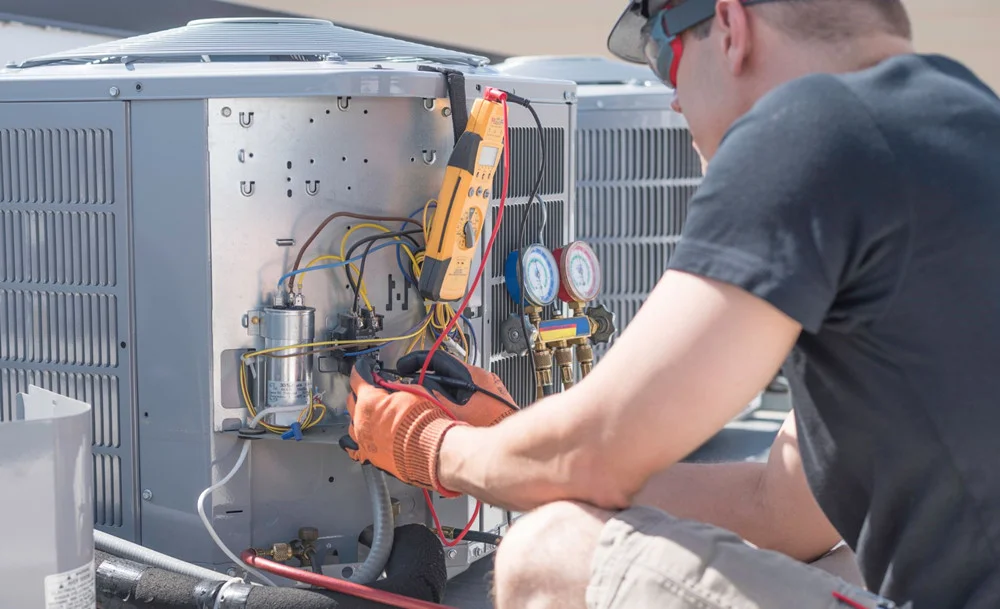
HVAC (heating, ventilation, and air conditioning) systems use dual capacitors to supply power to both the compressor and the fan motor, ensuring adequate capacitance for both components.
Power Factor Correction:
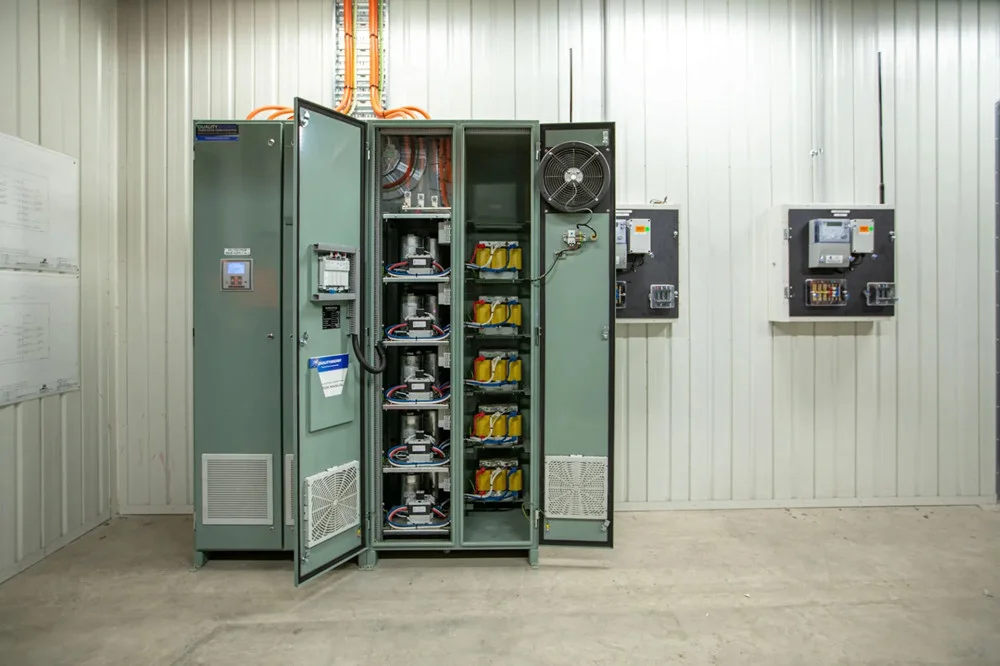
Dual capacitors can be employed in power factor correction circuits to improve the efficiency of electrical systems by reducing reactive power.
Audio Equipment:
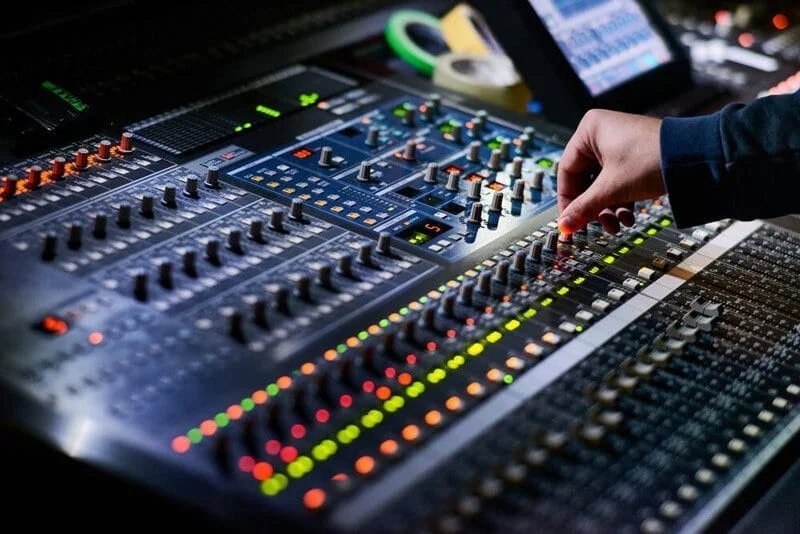
In audio circuits, dual capacitors are often used for signal coupling, decoupling, and filtering purposes, ensuring optimal performance and signal integrity.
Power Supplies:
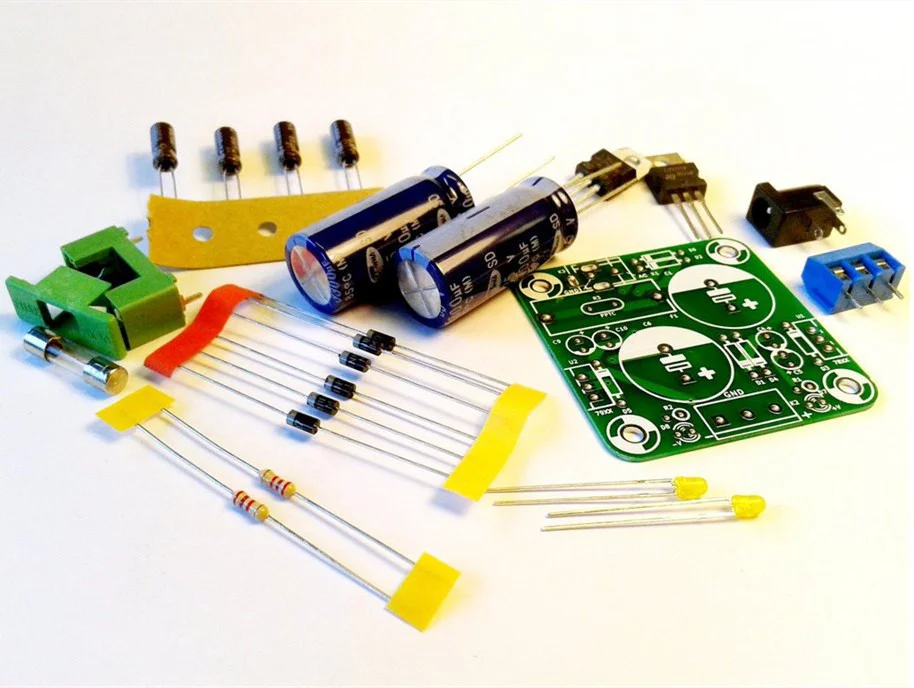
Dual capacitors are integral components in power supply units, smoothing out voltage fluctuations and stabilizing the output voltage.
What Is Dual Capacitor Selection Guide?
Capacitance Values:
Determine the capacitance values needed for each capacitor element within the dual capacitor. Take into account your circuit’s voltage and current requirements to ensure adequate energy storage capacity.
Application-Specific Requirements:
When selecting dual capacitors, consider any specific requirements or standards relevant to your application, such as safety regulations or industry standards. Opt for dual capacitors that meet or surpass these requirements to ensure compliance and reliability.
Temperature Range:
Verify the dual capacitor’s temperature ratings to ensure it aligns with your operating environment. Choose capacitors rated for the temperature extremes encountered in your application to uphold reliability and performance.
Mounting Configuration:
Assess the physical dimensions and mounting options of the dual capacitor to ensure compatibility with your circuit layout and assembly needs. Opt for a capacitor with appropriate terminal configurations for seamless integration into your design.
Lifetime and Reliability:
Seek dual capacitors known for their extended service life and dependable performance. Check for certifications or specifications that indicate reliability metrics like MTBF (Mean Time Between Failures) or lifetime endurance ratings.
Application-Specific Requirements:
Take into consideration any specific requirements or standards pertinent to your application, such as safety regulations or industry standards. Choose dual capacitors that meet or exceed these requirements to guarantee compliance and reliability.
How to Install Dual Capacitor?
Step 1 Power Off:
Before installing the dual capacitor, make sure to turn off the power to the circuit or device.
Step 2 Identify Terminals:
Next, identify the terminals on the dual capacitor. Typically, there are multiple sets of terminals, with each set corresponding to a capacitor element within the dual capacitor.
Step 3 Connect Wires:
Now, connect the wires from your circuit to the appropriate terminals on the dual capacitor. Ensure correct polarity by matching positive and negative terminals as required.
Step 4 Secure Mounting:
Once the wires are connected, securely mount the dual capacitor in your circuit or device. Use mounting hardware or brackets if necessary to ensure stability.
Step 5 Check Connections:
After mounting, carefully double-check all connections to ensure they are secure and properly tightened. Loose connections can lead to performance issues or electrical problems.
Step 6 Power On:
With all connections verified, you can now power the circuit or device. Monitor its operation to ensure the dual capacitor functions correctly and does not show any abnormalities.
Step 7 Test and Calibration:
If needed, perform any required testing or calibration procedures to ensure the dual capacitor operates within specifications and meets your application’s requirements.
Conclusion
Dual capacitors are pivotal in electronic devices and systems, providing efficient solutions for energy storage and signal filtering. Grasping their functionality, construction, applications, and testing procedures is imperative for engineers and enthusiasts. This knowledge facilitates the seamless integration and utilization of dual capacitors across diverse electronic circuits and systems.